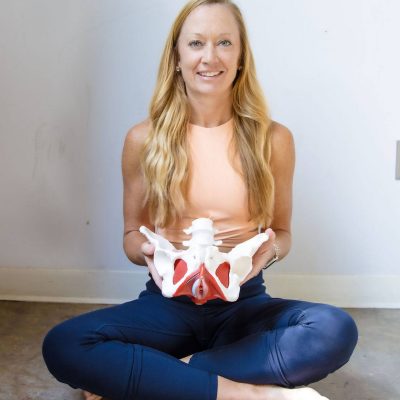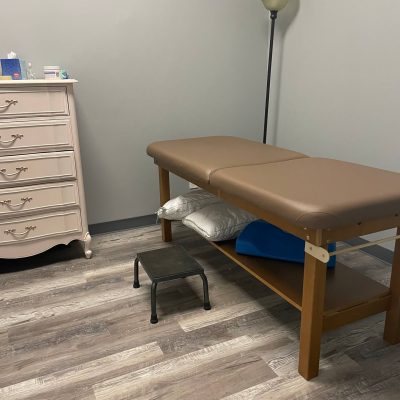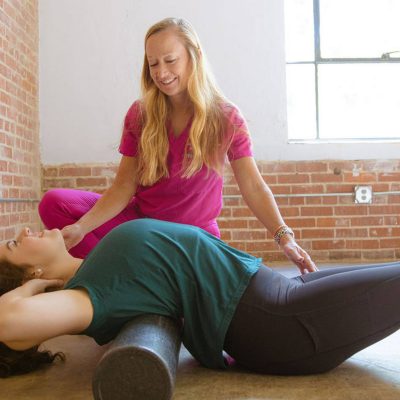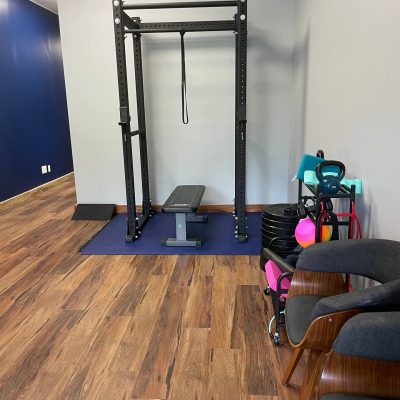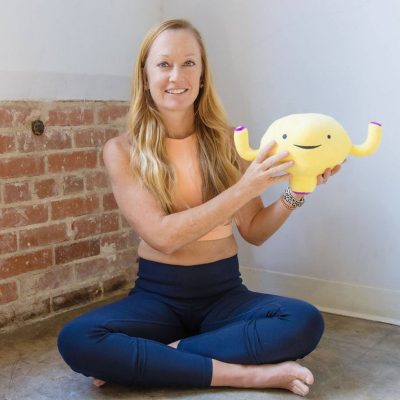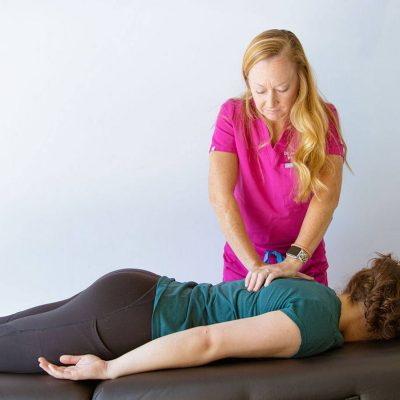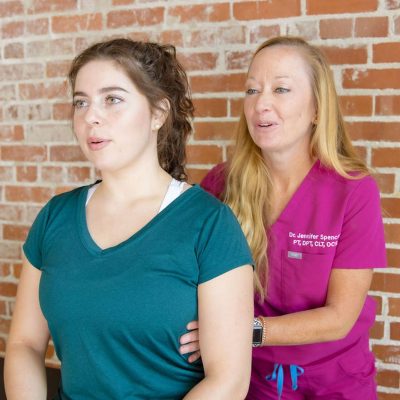As a pediatric pelvic floor physical therapist, I spend a lot of time helping children tune into their bodies—especially when it comes to recognizing when it’s time to pee or poop. For many of our patients, the issue isn’t just physical; it’s also about body awareness and coordination. Some kids struggle to notice or respond to the signals their body is sending them. And if they’ve experienced years of constipation, accidents, or withholding behaviors, those signals can become even more confusing.
One of the best tools we have to help children improve their bladder and bowel regulation is movement-based play—especially activities that strengthen the mind-body connection and improve coordination. These kinds of activities help kids learn where their bodies are in space, how their muscles feel and move, and how to respond to internal sensations. Over time, this supports better awareness of bladder and bowel urges, and ultimately, more confidence and independence in toileting.
Let’s take a look at the types of games, hobbies, and sports that support this kind of development—and how you can encourage them in your child’s daily routine.
Why Coordination and Body Awareness Matter for Toileting
Children need a strong mind-body connection to accurately perceive and respond to their bladder and bowel signals. This includes:
- Recognizing internal sensations like fullness or pressure.
- Knowing where muscles are and how to activate or relax them—especially the pelvic floor, core, and diaphragm.
- Coordinating timing, like walking to the bathroom, undoing clothes, and using the toilet in time.
Children who have developmental delays, sensory processing differences, constipation, or past trauma around toileting often have disruptions in these areas. But the brain and body are incredibly adaptable—when we build coordination and awareness through movement, we also strengthen the skills needed for effective toileting.
Activities That Build Coordination and Body Awareness
Here are some movement-based activities that can be fun for kids and highly beneficial for building the skills that support bladder and bowel regulation:
- Animal Walks and Obstacle Courses
Animal walks (bear walk, crab walk, frog jumps, etc.) and obstacle courses combine strength, balance, and sequencing. These playful movements engage the core and pelvic floor while also improving motor planning.
To try at home: Create a living room jungle course. Have your child crawl under tables, hop over pillows, balance on tape lines, and walk like an animal.
- Yoga and Mindful Movement
Simple yoga poses encourage breath control, body awareness, and relaxation. Many poses (like child’s pose, happy baby, or squat) also support healthy bowel mechanics. Teaching children to notice their breath and body sensations can carry over to improved toileting awareness.
Try:
- “Breathing buddies” – Place a stuffed animal on your child’s belly as they lie down. Watch it rise and fall as they take deep belly breaths.
- “Toilet yoga” – Do gentle twists, forward folds, or hip openers before a scheduled sit on the toilet to help stimulate the digestive system.
- Dance, Gymnastics, and Martial Arts
These activities are rhythm-based, structured, and require kids to follow directions while moving their bodies in specific ways. They improve coordination, timing, and proprioception (knowing where the body is in space), which all support greater control and awareness.
Bonus: These activities build strong pelvic and core muscles, which are essential for maintaining continence and healthy posture on the toilet.
- Swimming
Swimming is a full-body activity that requires breath coordination, core control, and muscle regulation. It also has the added benefit of being calming and regulating for many children with sensory needs.
Pelvic PT tip: Swimming builds great endurance for the postural and abdominal muscles we rely on during toileting.
- Simon Says, Red Light/Green Light, and Freeze Dance
Games that require kids to stop and start movement on command help build impulse control and self-regulation—skills that are closely tied to successful toileting. These games also help reinforce the brain-body feedback loop, which is essential for noticing and responding to internal signals like bladder fullness.
- Arts and Crafts with a Twist
Fine motor activities like drawing, cutting, or building with blocks or Play-Doh can help children focus attention and improve sensory awareness. Try adding a movement or breathing element to boost body-mind integration.
Example: Blow paint through straws to combine creative expression with diaphragmatic breath work.
Helping Your Child Tune In: Practical Tips
- Use movement as a daily routine: Build these activities into morning or after-school playtime. Even 10–15 minutes a day can make a difference.
- Pair movement with toileting: Try a short movement break before scheduled toilet sits to help stimulate cues and calm the nervous system.
- Talk about body signals: Help your child describe sensations like “full,” “tight,” “wiggly,” or “tingly.” Over time, they’ll learn to connect those words with what’s happening internally.
- Use visual cues: Charts, stickers, or games can help reinforce toileting habits and body awareness in a fun, non-pressuring way.
When to Seek Help
If your child consistently struggles to notice when they need to go, has frequent accidents, avoids the toilet, or deals with constipation, they may benefit from pediatric pelvic floor physical therapy. We help children learn about their bodies in an age-appropriate, empowering way. Using movement, play, education, and gentle hands-on techniques, we guide children and families toward more confident and successful toileting.
Final Thoughts
Children develop bladder and bowel control through a combination of sensory awareness, muscular coordination, and cognitive maturity. By encouraging activities that strengthen the body and connect the brain to physical sensations, we can help kids become more aware, confident, and independent in their toileting routines.
So let them move, play, climb, dance, and create! With the right kinds of movement, we’re not just building strength—we’re building connection, confidence, and lifelong skills for healthy development.

